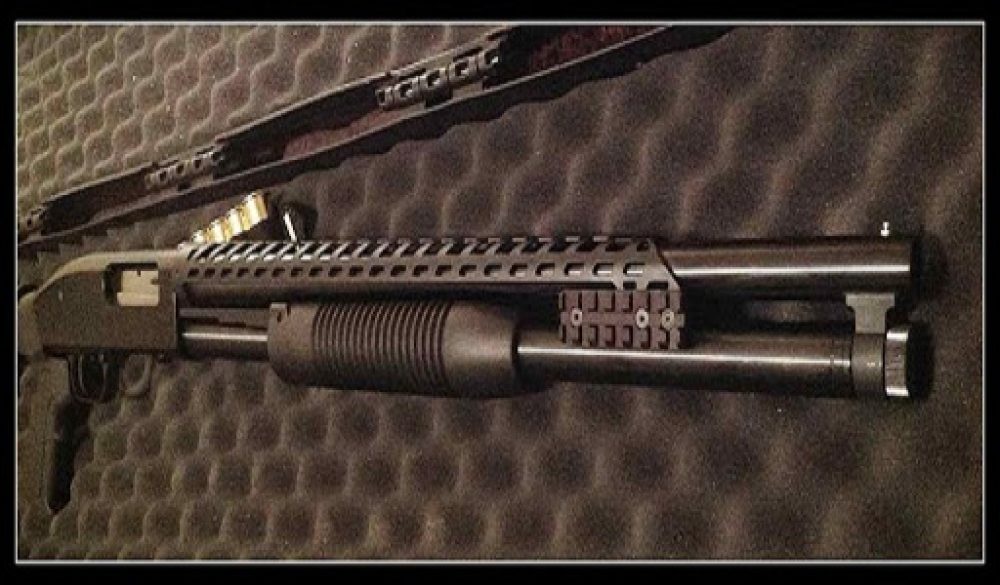The shotgun is a firearm mainly used in self defense, sport shooting and law enforcement and in hunting too. Shotguns are versatile weapons; these shotguns can fire several of ammunition like slugs and shots. The ammunition is loaded into the shotgun’s chamber and fired by pulling the trigger. One of the main characteristics of shotguns is the wide spread when firing shot shell ammunition. The firearm comes in different sizes and gauges, with the most common being 12 gauge and 20 gauge. The ability to deliver a powerful and intimidating blast with each shot the shotgun is used for home defense as well. Shotguns have been used for centuries; they have played a vital role military conflicts and civilian life throughout history.
It’s a very sophisticated accessory
A Shockwave heat shield is a sophisticated accessory designed to protect from the extreme heat generated during fire sessions. This shield utilizes advanced materials and engineering principles and giving safety and success of missions by effectively managing thermal loads. A shockwave shield is a vital component for the shotgun, the most common materials used in these heat shields is ablative material. This material absorbs heat and protects the shooters hand from burn or injuries. This has become a popular choice among shooters and enthusiasts seeking for reliability and effectiveness in a compact package.
Gives both aesthetic and practice purposes
One of the standout features of the Tac-14 heat shield is that it gives both practical and aesthetic purposes. The object is a protective covering that surrounds the barrel, designed to dissipate heat generated during rapid firing. This online store offers customers seamless shopping experiences, secure payment options, and reliable shipping services. The shield comes with innovative design and the proven capabilities have made it a reliable choice for shooters. Requiring minimal tools and expertise the Installation of the Tac-14 is a straightforward process.

